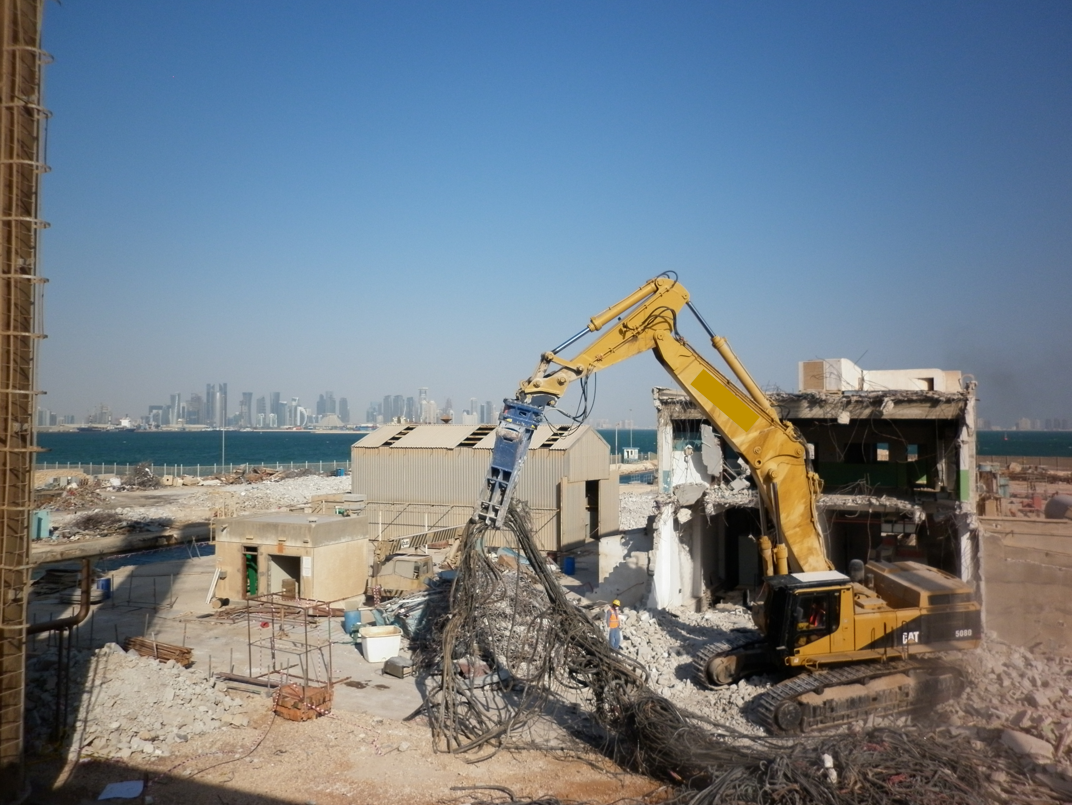As the UAE embarks on ambitious infrastructure upgrades, a hidden challenge lies beneath the surface—Asbestos cement pipework still buried across the nation. Once widely used for water supply, sewerage, and stormwater drainage, these aging pipes pose significant health and environmental risks when disturbed. Construction workers and even the public face potential exposure to Asbestos fibers during excavation and handling, leading to serious diseases like mesothelioma and Asbestosis. With the nation poised for transformative development, prioritising Asbestos management is not just a technical necessity but a vital step to ensure public safety and sustainable progress.
Read moreBeneath the Surface: Uncovering the Hidden Dangers of Asbestos in UAE Infrastructure Upgrade
An unearthed and badly damaged Asbestos Cement (AC) pipe adjacent to a main highway in Dubai, UAE.





